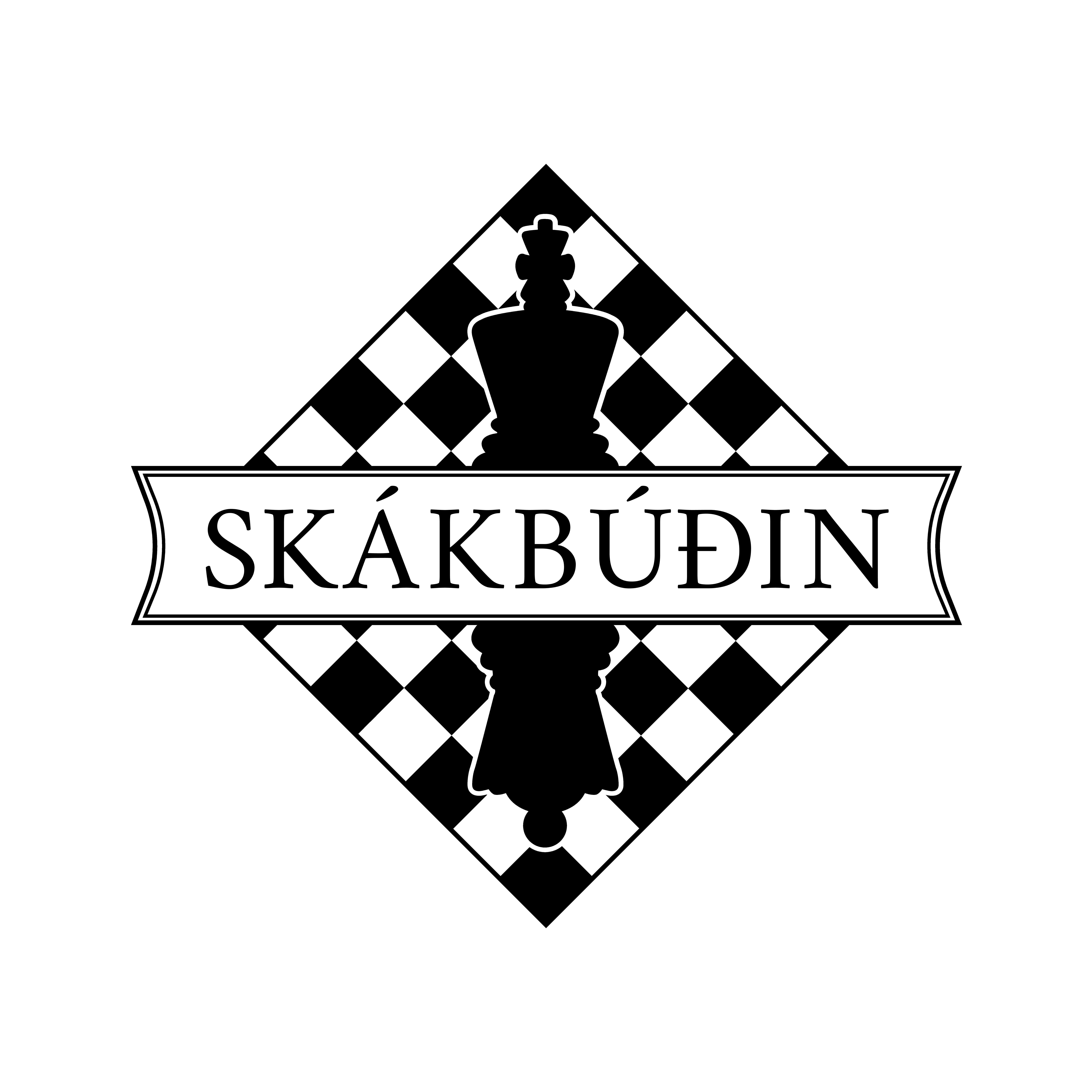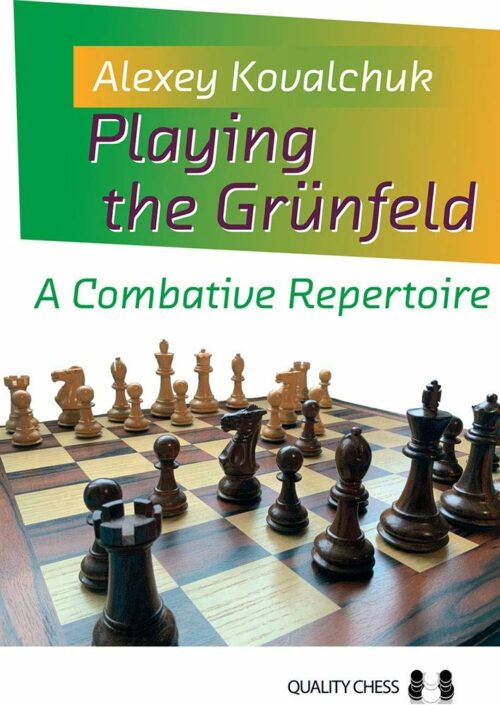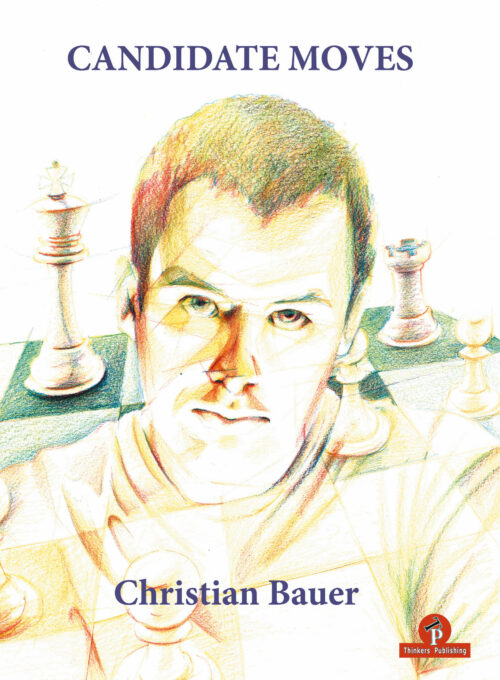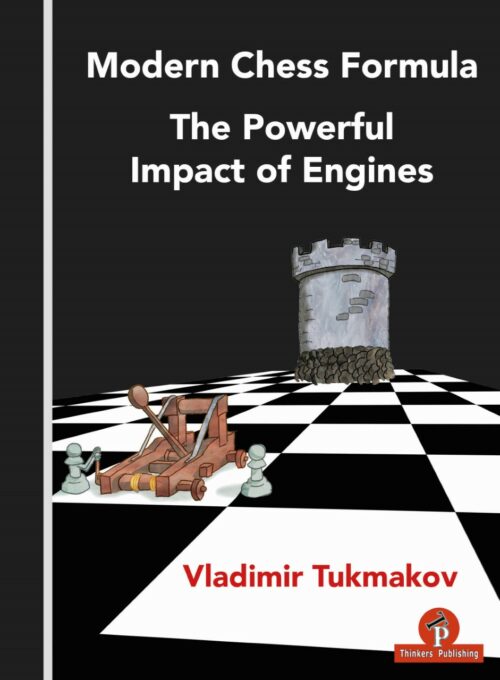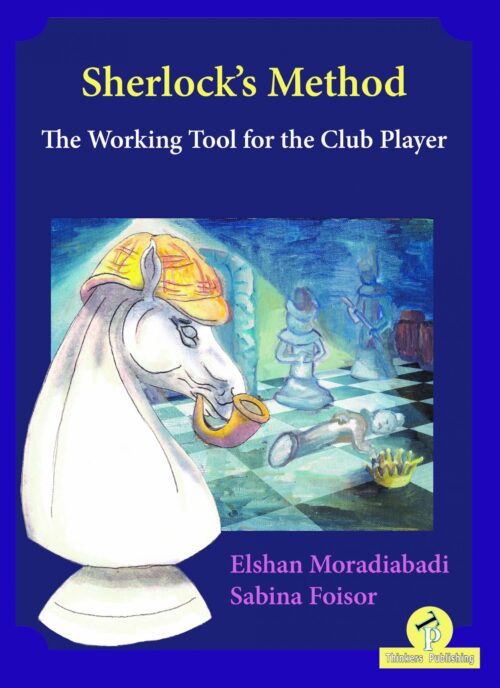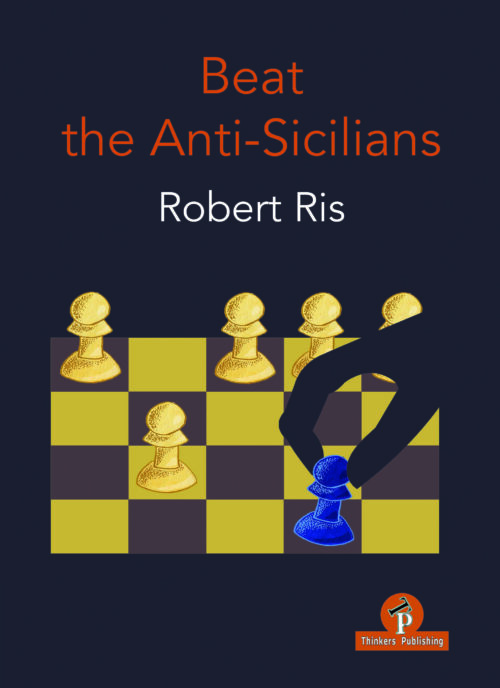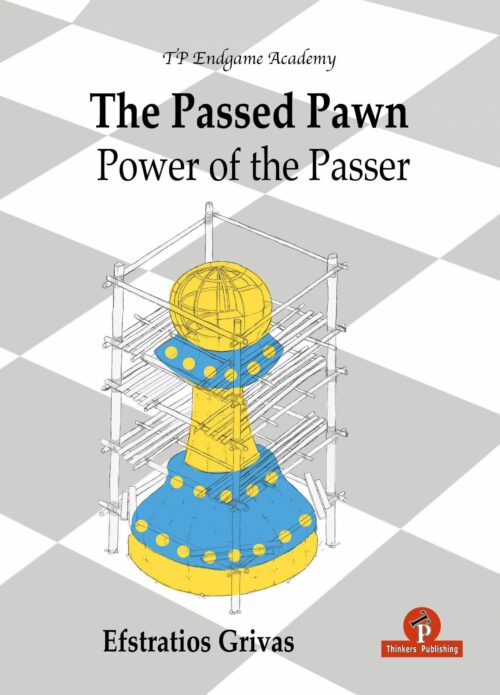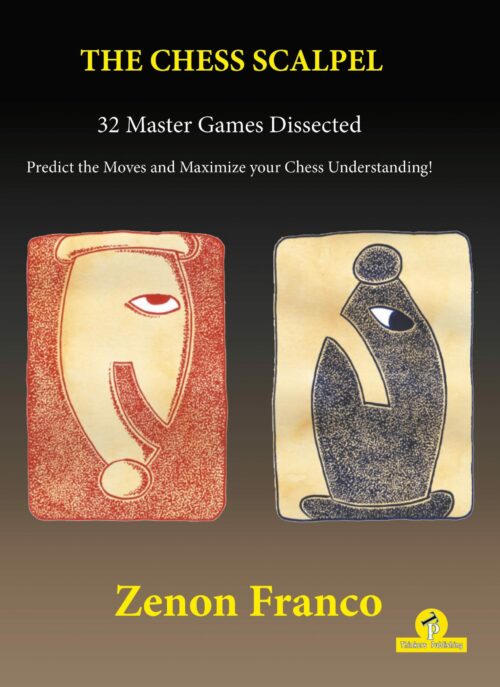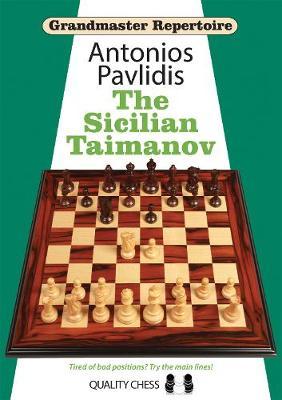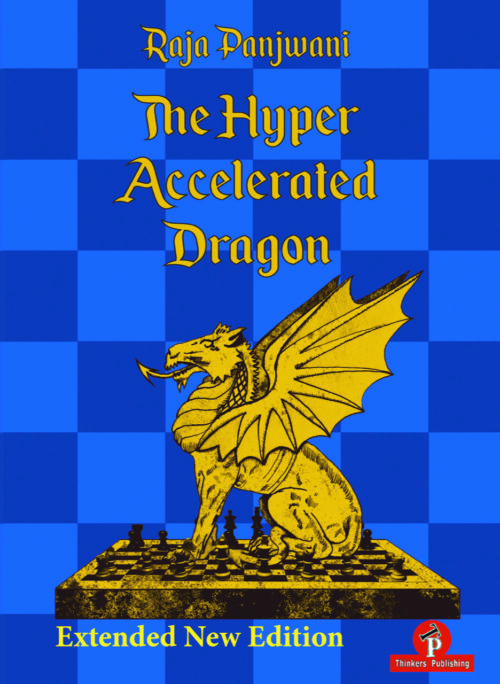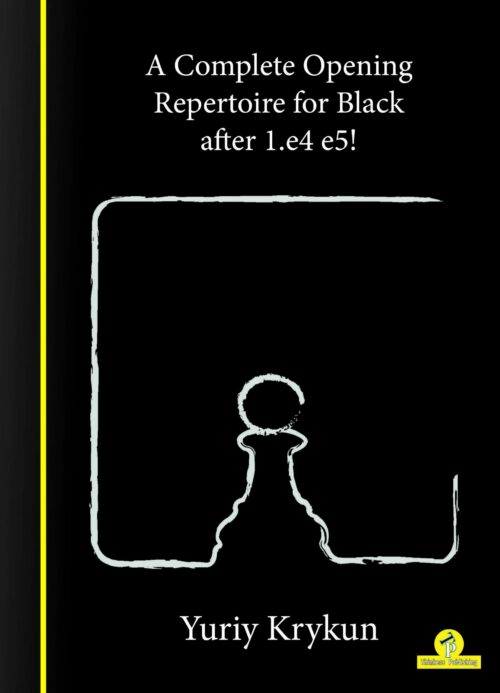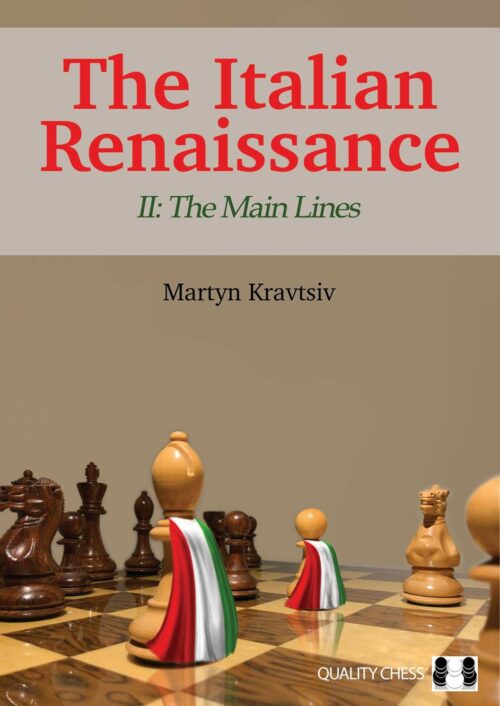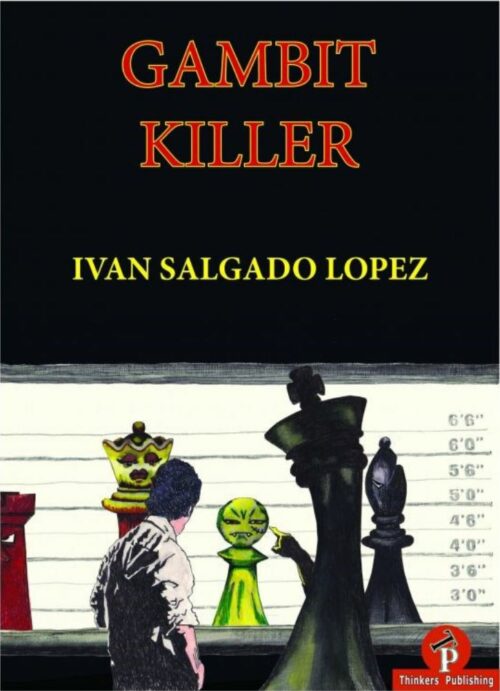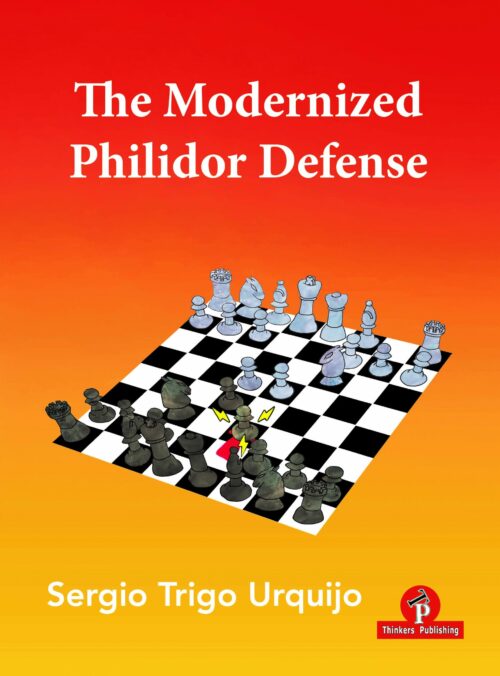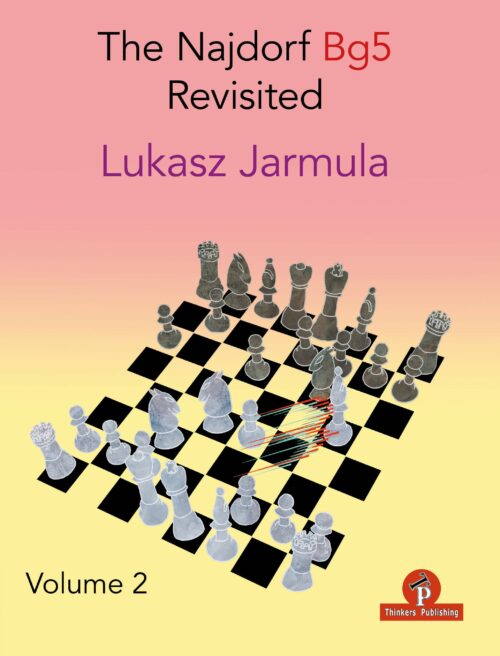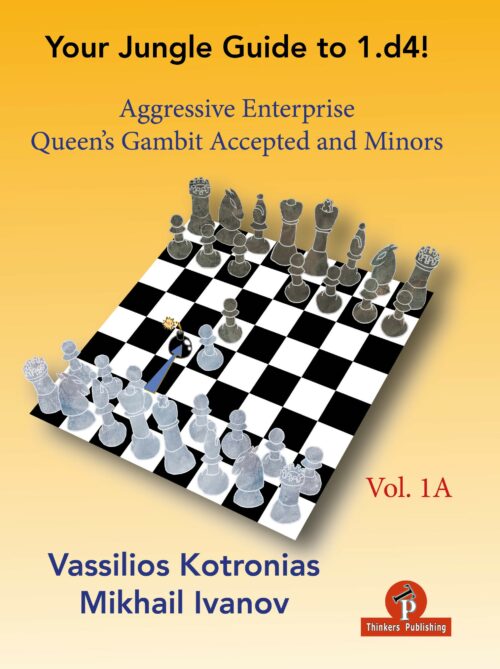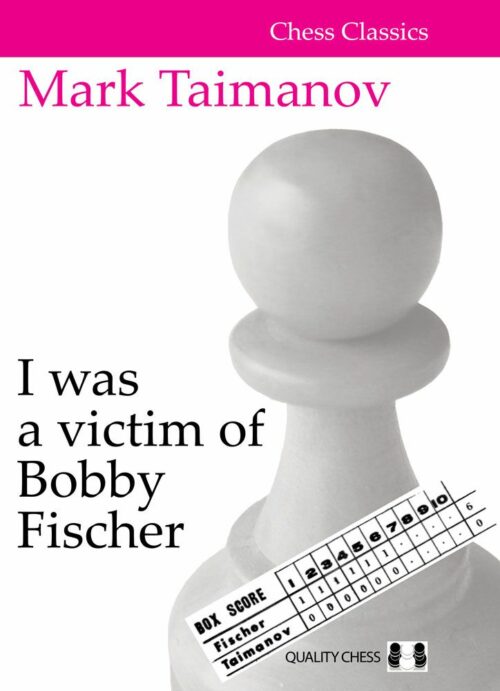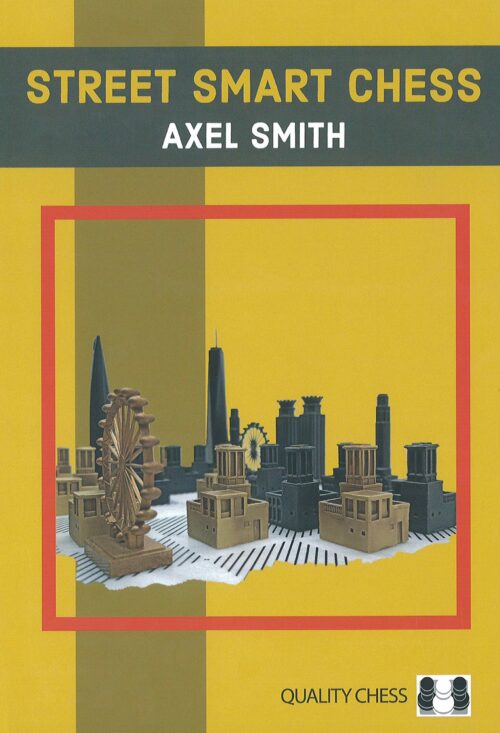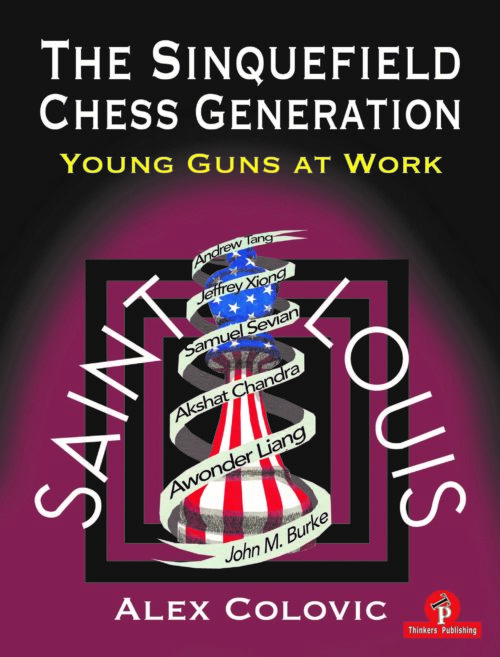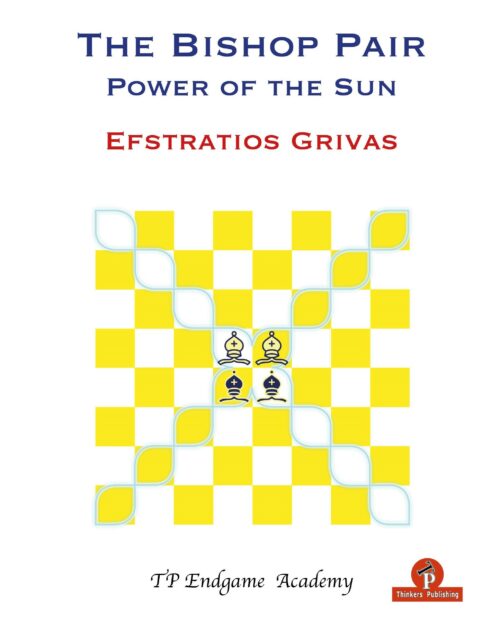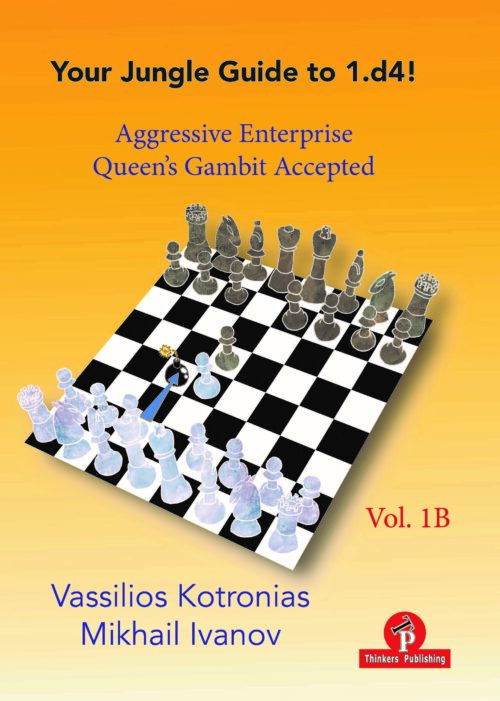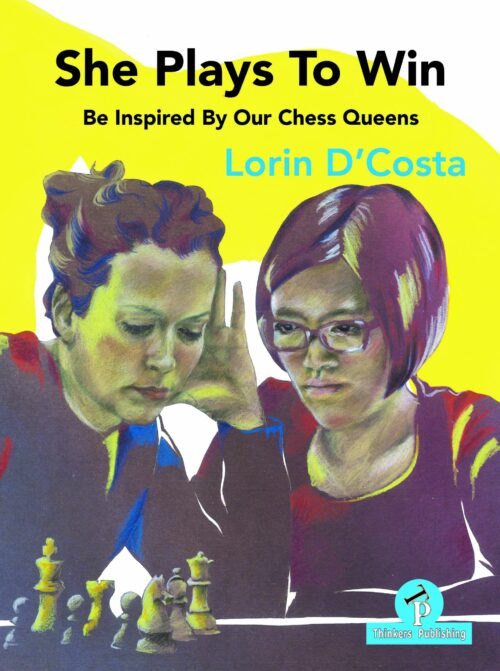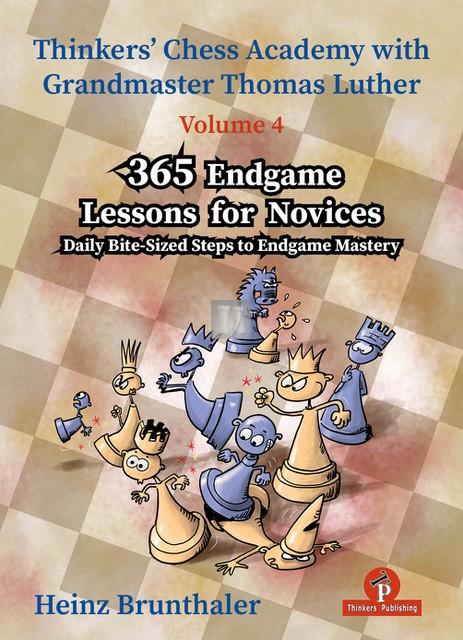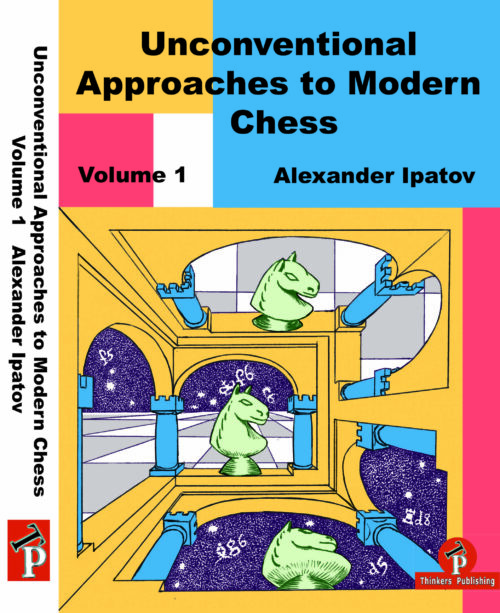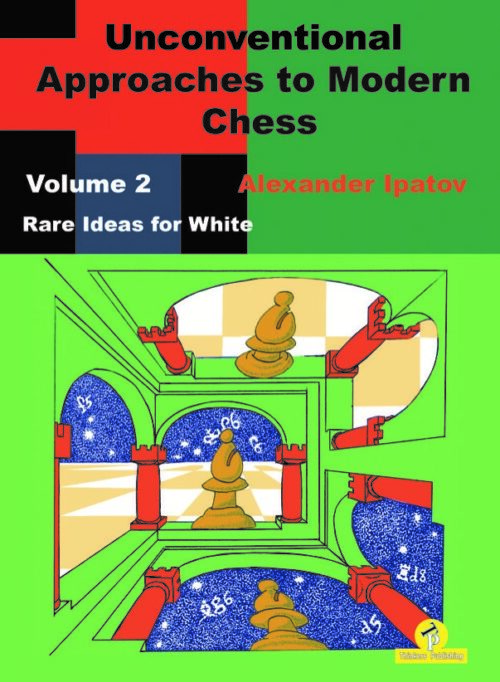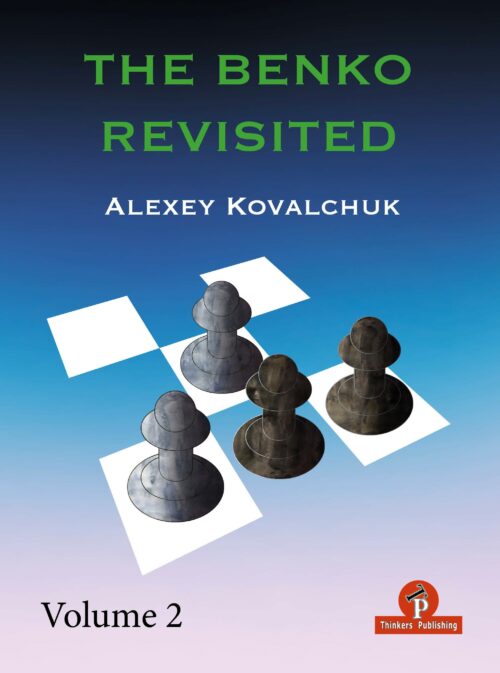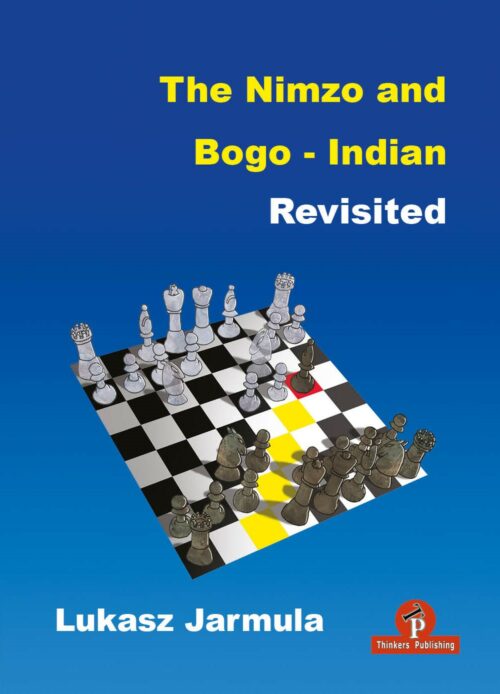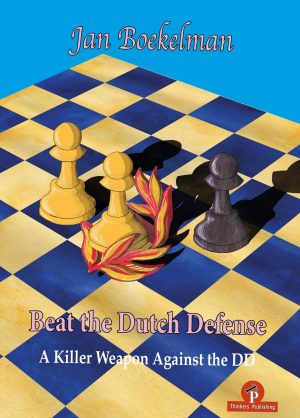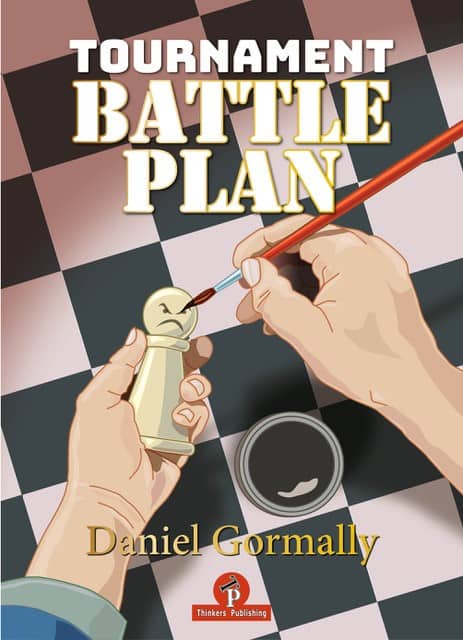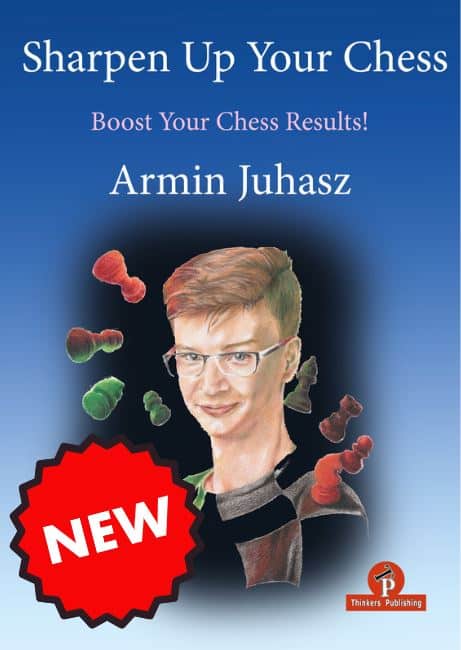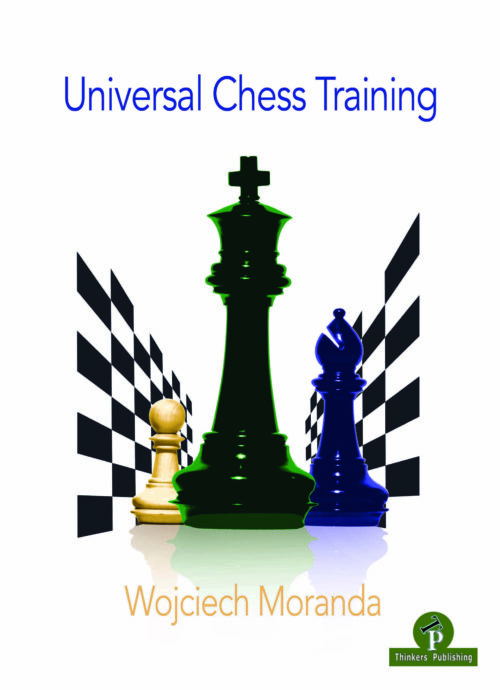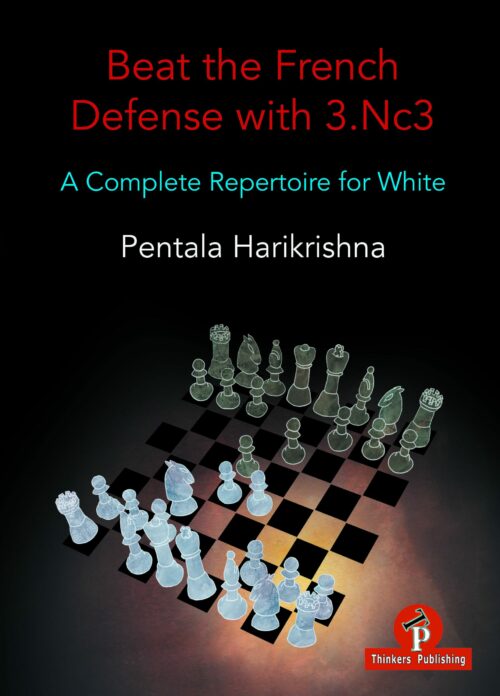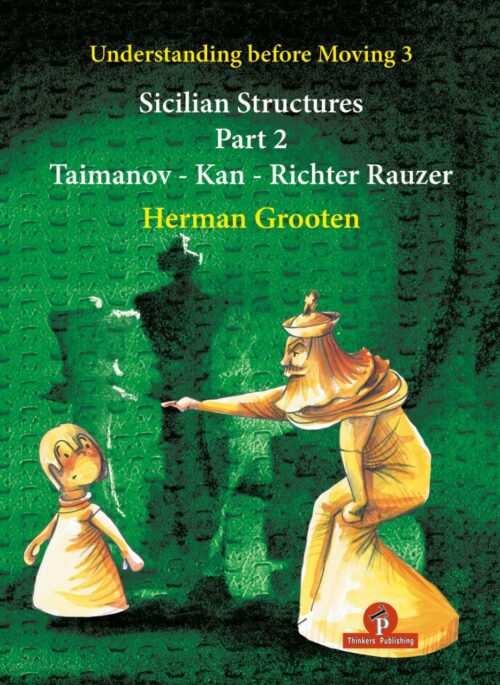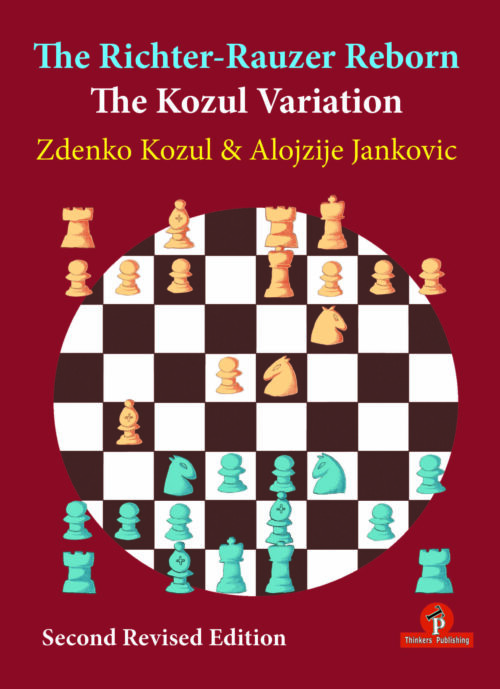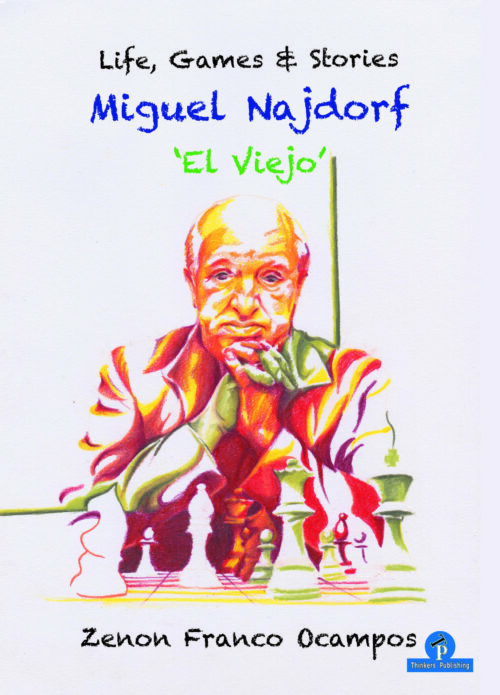-
Á útsölu!I found the idea to switch sides. By this, I mean to look at games from White’s perspective and then from Black’s. A rather interesting concept, as things often appear quite different, depending on the viewpoint. If one searches for videos showing a joint analysis of elite players, one may often see them completely disagree on certain positions, both of them claiming he stood, or would have stood, better here or there.
-
Á útsölu!This book is dedicated to chess, though I must confess it is not that same chess with which I immediately and eternally fell in love many, many years ago. There were plenty of wonderful moments, and no shortage of horrible disappointments associated with that version of the game in which I certainly considered myself a true professional. The realities of chess life during the second half of the twentieth century are diffi cult for today’s young people to imagine or understand: Tournaments lasting 30,40 days with adjourned games being completed on specific days allotted for such adjournments. Unbelievable time trouble given that back then only the unrestrained dreamer David Bronstein even thought about incremental time to be added after each move. Mountains of cigarette butts in ashtrays — a fixed attribute of the chess battles and battlefields in those severest of days. Finally, suitcases filled to the very brim with Yugoslav Chess Informants and handmade card indexes.
-
Á útsölu!Mjög góð þjálfunarbók The book covers exactly what it promises to cover; they have a bit of everything in the examples ranging from silent knight maneuvers to fancy sacrifices. Their idea in the book is to help players train for tournaments by working on all aspects of the game and looking at problems in a wholesome way. They have a wide variety of topics from a wide variety of players. For example, there is an exercise of beautiful tactical play by the former World Champion Viswanathan Anand against Super Grandmaster Alexander Grischuk. As you solve the problem and move on, you will see another exercise played by their students rated around 1300. This is a beautiful way to illustrate that chess is chess, no matter who is playing the game. Just a heads-up to the reader, the latter is much harder to crack! Some of the examples like Jeffrey Xiong missing a queen trap or Nihal Sarin missing a simple way to control an open file to gain an advantage show that even the best of the best make mistakes. Even though there may be easy puzzles you can solve in a few minutes or real Titanic’s that take hours to sink in, you must consistently train with them.
-
Á útsölu!When I decided to write The Modernized Sveshnikov (June 2020) I knew that I was basically committing myself to covering the Anti–Sicilians in a separate book as well. After all, what’s a book on the Sveshnikov alone worth when your opponents decide to avoid the Open Sicilian? Especially since the Sveshnikov is nowadays considered to be one of the most reliable options for Black in the Sicilian, White players have been investigating new territories within the Anti–Sicilians. The book you are holding in your hands, Beat the Anti–Sicilians, aims to provide a complete Black repertoire against all the critical sidelines after 1.e4 c5. The biggest part of the book covers the Rossolimo and Alapin, but also the popular lines at club player’s level like the Grand Prix Attack and the Morra Gambit, and other alternatives on White’s 2nd move are also worked out in detail.
-
Á útsölu!“A passed pawn must be blockaded, so as to have its power restrained as much as possible. The minor pieces (knight or bishop) are ideal for this purpose, as they can rarely be forced to retreat by enemy action. On the other hand, the major pieces (queen and rook) find it difficult to achieve a stable blockade as is easy to harass them, while one must also consider that, for such valuable pieces, dealing with a mere pawn cannot be an efficient form of employment. Taking the above into account, it becomes clear that the side with the passed pawn should seek to exchange minor pieces and retain the major ones; the opposite applies to the defending side.”
-
Á útsölu!The idea behind this book is for you to ‘play’ as in a real game, and it is my job to ensure you have a pleasant time while training. I suggest you take at least an hour and a half for each game and as your coach I will indicate when to guess the moves. Sometimes there will be suggestions — including tricky ones — to measure your concentration level. The ideas behind the moves are always explained. The games have been chosen according to my personal liking and commentaries are based on those by the players themselves, which is a great help in understanding what indeed happened. In some games you will have to guess moves for the losing side too. Indeed, I expect that as you proceed you will become familiar with the question of Mark Dvoretsky: “What could my opponent play?”. Importance has also been given to the practical aspect, which doesn’t always coincide with the suggestions off ered by the engines as best. This is to make it more like ‘a real game’.
-
Á útsölu!The Hyper Accelerated Dragon is recommended for all players that are eager to enter critical lines in this exciting Sicilian Opening!
-
Á útsölu!“1.e4 e5 is not just an opening. It is repertoire that represents our game as a whole. It is something players of all styles will enjoy due to the countless possibilities 1…e5 provides. Hopefully, learning 1…e5 will also make you a better player” ~ Yuriy Krykun
-
Chess is, after all, a game. It’s important to find the best moves. You don’t need to know everything about chess; what you need to know is the right things! This is why children now learn the game more quickly – they get the right information. Even if they don’t know many things, they have the right patterns in their heads! This is my first goal in this book. I want to give you ONLY the information that you need, no more, no less. Of course, this was not an easy task, but I tried my best.
-
Á útsölu!Nýr titill! Biblía Philidor skákmannsins. Virkilega vel unnin bók sem hefur fengið mikið lof. Óhætt að mæla með þessari. “Pawns are the soul of chess.” We have all heard this phrase more than once in our chess life and we owe it to the great French player François-André Danican, so-called Philidor, considered one of the best chess players of the 18th century.
-
Á útsölu!Grandmasters Kotronias and Ivanov are renowned as leading theoreticians and chess trainers. They offer a unique and world-class repertoire based on 1.d4! They advocate an ambitious approach for White, with the aim to fight for an advantage in any position. This is their first joint effort; they tackle the ever-popular Queen’s Gambit Accepted and their sidelines in Volume 1A and 1B. We at Thinkers believe their job could not have been done any better.
-
Á útsölu!Endgame theory teaches us two fundamental issues: First, how to extract the maximum from a basic theoretical position with little material, where the experts (from practice comprising thousands of games) have reached definite conclusions. Second, the way in which we can handle an endgame, depending on the material remaining on the board, and the ideas and plans we should employ. The purpose of this series is to introduce the reader to advanced training concepts, using the same methods of presentation and instruction that were taught to great players by famous trainers that they have worked with. The series will start with the topic of “the Bishop Pair” and we will examine how to handle this “power of the sun” coupling.
-
Á útsölu!What you are holding in your hands is the natural follow up of Volume 1 where some “lesser” openings aft er 1.d4 d5 2.c4 were examined, as well as a couple of less popular variations of the Queen’s Gambit Accepted. This second Volume comprises all of the established main lines of the QGA aft er our recommended 3.e4 with the intention of giving you a full picture of this topical opening while helping you build a repertoire based on aggressive ideas. Objectively speaking, it is very hard for White to find an advantage in the event of the absolute main lines 3…Nf6 and 3…e5, but we believe we have done our duty. We scrutinized multiple interesting variations with the help of engines while applying our human understanding to select those lines that would be the most unpleasant for Black. Additionally, we tried to provide you with as many alternatives as possible so as not to become “victims” of a narrow repertoire.
-
Á útsölu!Find your role model. This book contains games from every single female World Champion, as well as young up and comers, top seasoned professionals, streamers, and even a section at Beth Harmon from the recent famed Queen’s Gambit hit show. This book is not just for girls and women, however. Any chess player can learn from these games and discover female chess history, both from the famous players in the past right up to the present day.
-
Á útsölu!Crucial Exercises To Sharpen Your Understanding This is the third book of the Thinkers’ Chess Academy series. I thought long and hard about the best way to structure this Workbook. My idea was to make a book with additional exercises for readers of my earlier books Thinker’s Chess Academy Volumes 1 & 2 (TCA1 and TCA2 for short) while working with these books, plus material for really interested and ambitious readers to maintain and broaden the skills they have already learned.
-
Á útsölu!
- The spirit of Indian Defenses is based on flexibility and harmony.
- Most of the lines are positional, not tactical in character.
- While playing Black, you have to accept that occasionally you will not equalize, or get surprised or out-prepared.
- Learning the material from this book should sharply limit the extent of such instances, thus improving your overall results.
- Finally, we have an important piece of advice: remember about color strategy!
- The Bogo-Indian is mainly based on dark-squared control, while the Nimzo-Indian does so on the light squares. In case you forget what to do, this may prove a very useful guideline when choosing a move.
-
Á útsölu!The Staunton Gambit is a very rewarding opening. White’s piece development follows the classical principles of gambit play. White is ahead in development and obtains a fine initiative. Even without the theoretical knowledge of certain variations, White should be able to find his way. Best of all, White determines the direction of the game already on move two, without the risk of having to play the maneuvering games we know from the Leningrad Dutch, the Stonewall Dutch or the Classical Dutch.
-
Á útsölu!“The endgame is the moment of truth. It is the phase of the game where we will try to reap the seeds of our effort regardless of whether that is the full point of victory or the half point of the draw. The significance of errors increases in the endgame as the opportunities for correcting them are few.” ~ Efstratios Grivas
-
Á útsölu!
- The clarity, simplicity, and pure instructiveness of this book is striking.
- The analysis is first rate, the commentary cogent, and the production excellent.
- The emphasis is on general principles that readers will be able to use in their own games.
- The key is to always stay ahead of your opponent and know how to control the chaos on the chess board. Armin Juhasz explains all this in detail without losing sight of practical decision making.
- With the right strategies, anyone can become a champion and level up their game to become unstoppable. This book is for the ambitious and keen player!
skákbækurTómas Veigar Sigurðarson2023-06-12T16:33:59+00:00
